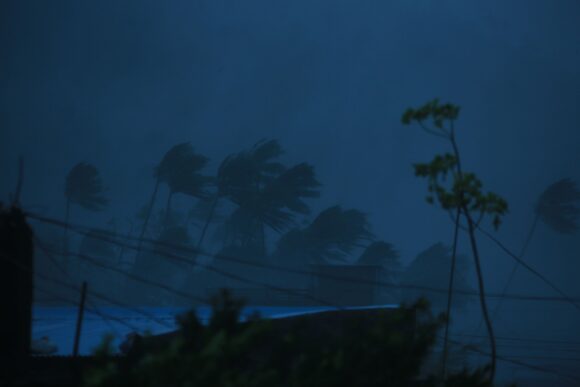The Philippines is readying an insurance plan that will protect the Southeast Asian nation from infrastructure losses caused by natural disasters, seeking to better respond to climate change risks.
The government will put in place a national indemnity insurance program to provide financial protection for strategically important assets like school buildings, hospitals, roads and bridges, Finance Secretary Benjamin Diokno said in a mobile-phone response to Bloomberg queries. The program will “ensure immediate funding for the rehabilitation and repair of these critical assets,” he said.
Diokno said about 2 billion pesos ($37 million) to cover payment of premium is being proposed for inclusion in the 2024 national budget. State pension fund Government Service Insurance System will be the insurer while the Bureau of the Treasury will be the policyholder, he said.
Colombia, Peru Eye World Bank Catastrophe Bonds on Renewed Investor Interest
The government is pursuing the indemnity insurance plan instead of another catastrophe bond issue, Diokno said. Manila received a $52.5 million payout, or 35% of the principal, from a World Bank-issued catastrophe bond after Typhoon Rai hit in December 2021. That bond, issued in 2019 and which lapsed last year, was intended to provide the Philippines with up to $75 million to cover losses from earthquakes and $150 million for losses from tropical cyclones.
Hit by an average of 20 typhoons every year, the Philippines is among countries most exposed to more extreme weather events due to climate change. The country is expected to incur $3.5 billion in asset losses, on average, annually from typhoons and earthquakes, according to one estimate from the World Bank.
The government has in the past managed the financial impact of disasters by securing public asset insurance and reinsurance and tapping other financing facilities such as catastrophe contingent credit line from the World Bank.
The Philippines is banking on an upgrade of its roads, railways, bridges and other infrastructure to hasten economic development and lift more people out of poverty. It expects to reach upper middle-income status by 2025.
Photograph: A general view shows coconut trees swaying amid strong winds as Super Typhoon Goni makes landfall in Legazpi City, Philippines’ Abay province on Nov. 1, 2020. Photo credit: Charism Sayat/AFP/Getty Images
Was this article valuable?
Here are more articles you may enjoy.



 Georgia Republicans Move to Scrap State Income Tax by 2032 Despite Concerns
Georgia Republicans Move to Scrap State Income Tax by 2032 Despite Concerns  Good Times for US P/C Insurers May Not Last; Auto Challenges Ahead
Good Times for US P/C Insurers May Not Last; Auto Challenges Ahead  10 Highest Class-Action Settlements in 2025 Eclipsed $70B Total: Duane Morris
10 Highest Class-Action Settlements in 2025 Eclipsed $70B Total: Duane Morris  Experian: AI Agents Could Overtake Human Error as Major Cause of Data Breaches
Experian: AI Agents Could Overtake Human Error as Major Cause of Data Breaches 

